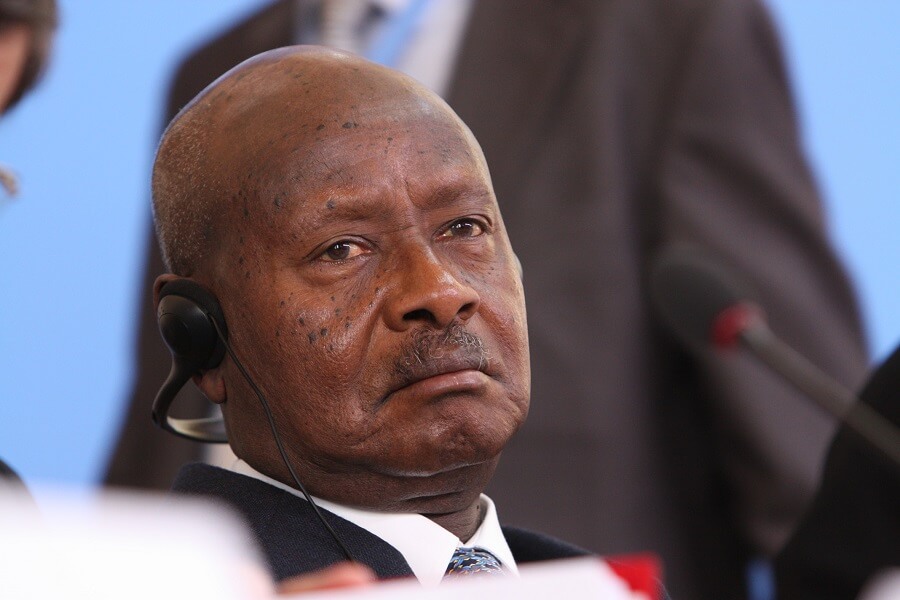Latest
How Museveni’s NRM Ghetto Structures Empowered Gangs to Terrorize Citizens

In a controversial move aimed at consolidating power among urban youth, President Yoweri Museveni’s launch of the National Resistance Movement (NRM) ghetto structures inadvertently unleashed a wave of terror across Kampala and other urban centers. These structures, designed to mobilize the so-called “ghetto vote,” have instead emboldened notorious gangs that now operate with impunity, leaving citizens living in fear.
Reports suggest that many gang members were misled into believing that their association with prominent NRM figures, particularly Emmanuel Ddamulira, a key mobilizer for the ghetto structures, provided them immunity from legal consequences. This perception has created an environment where criminals act with reckless abandon, confident that their political ties will shield them from prosecution.
Residents in Kampala’s slums and low-income neighborhoods report a surge in violent crimes, ranging from robberies and assaults to extortion rackets. Many of these crimes are allegedly carried out by individuals affiliated with the NRM ghetto structures.
A source from within the Kampala police force revealed that local officers-in-charge (OCs) routinely release gang members on police bond following phone calls from influential figures. One officer, speaking anonymously, said,
“We are under constant pressure from above. Sometimes we issue bonds not because the accused deserves it, but because a call has been made from a ‘big man’ demanding their release.”
This disturbing trend has eroded public trust in the police and reinforced the perception that Uganda’s justice system favors the well-connected while ordinary citizens remain vulnerable to violence and intimidation.
Weaponizing Poverty and Political Loyalty
Critics argue that the NRM ghetto structures were never about empowering the youth but rather about exploiting their vulnerabilities for political gain. Many gang members were recruited with promises of jobs, financial support, and protection. However, instead of providing meaningful opportunities, these structures have fueled criminality by offering protection to those who align themselves with the regime.
Political analyst James Kabuye remarked,
“Museveni’s ghetto structures were a short-term strategy to counter opposition influence in urban areas. Unfortunately, they have backfired, creating a parallel system where gangs feel untouchable.”
While the ghetto gangs are shielded, opposition members and activists face an entirely different reality. Political dissenters are often arrested on trumped-up charges, and their bail applications are denied, even in minor cases. This double standard highlights the extent to which the NRM uses the state apparatus to consolidate its grip on power while fostering lawlessness within its ranks.
Opposition leader Robert Kyagulanyi, also known as Bobi Wine, has repeatedly condemned the militarization of urban youth, accusing the government of deliberately creating chaos to justify crackdowns on dissent.
“These so-called ghetto structures are not about development; they are about destruction. The regime is arming criminals while oppressing citizens,” Kyagulanyi stated during a recent press conference.
The rise in gang violence and the politicization of law enforcement have sparked outrage among Ugandans. Civil society organizations are demanding accountability from both the government and the police force. Activists argue that dismantling the ghetto structures and instituting police reforms are critical steps toward restoring public safety and the rule of law.
As calls for justice grow louder, many Ugandans are left wondering whether their leaders will act to address these pressing issues or continue to prioritize political expediency over the welfare of citizens.
